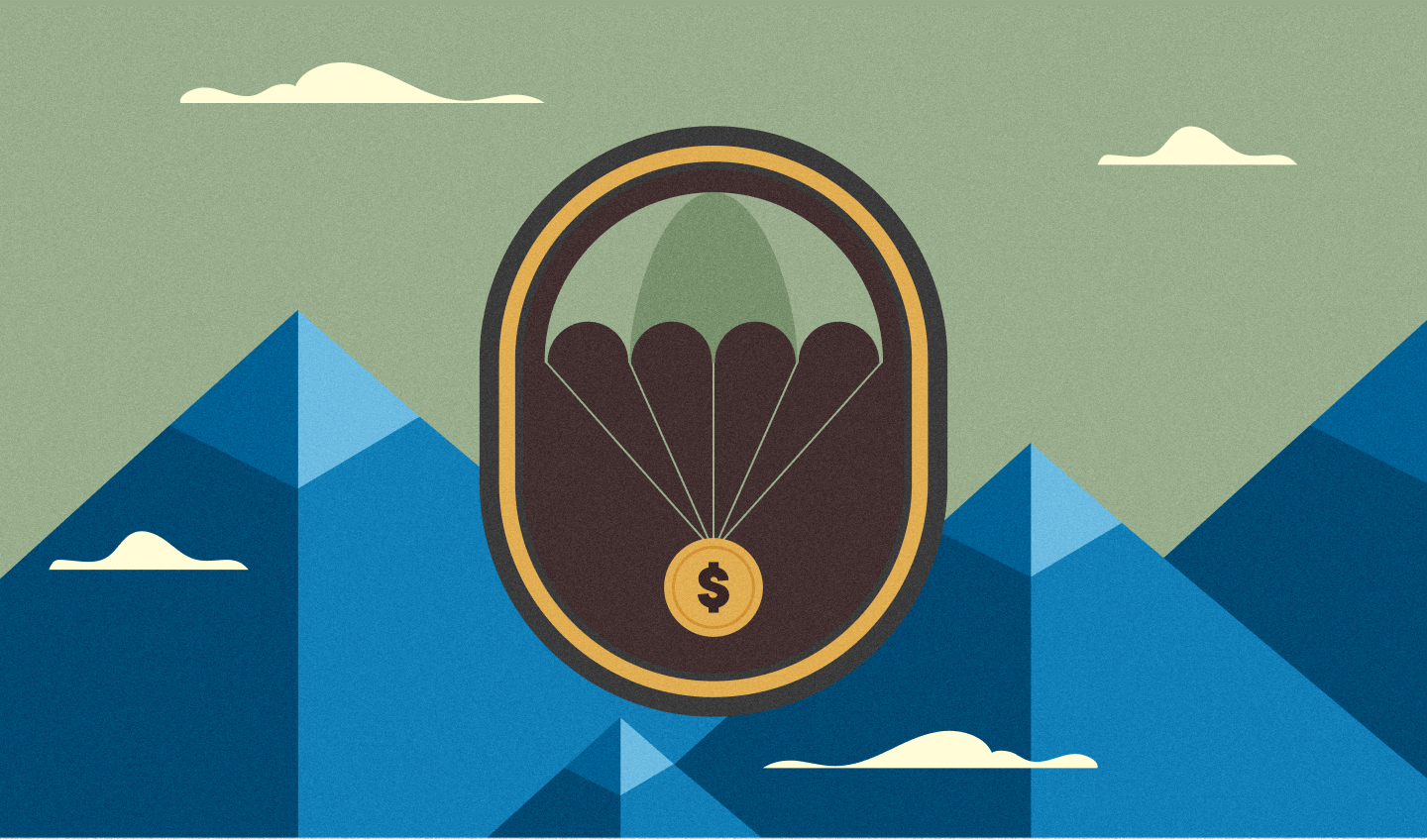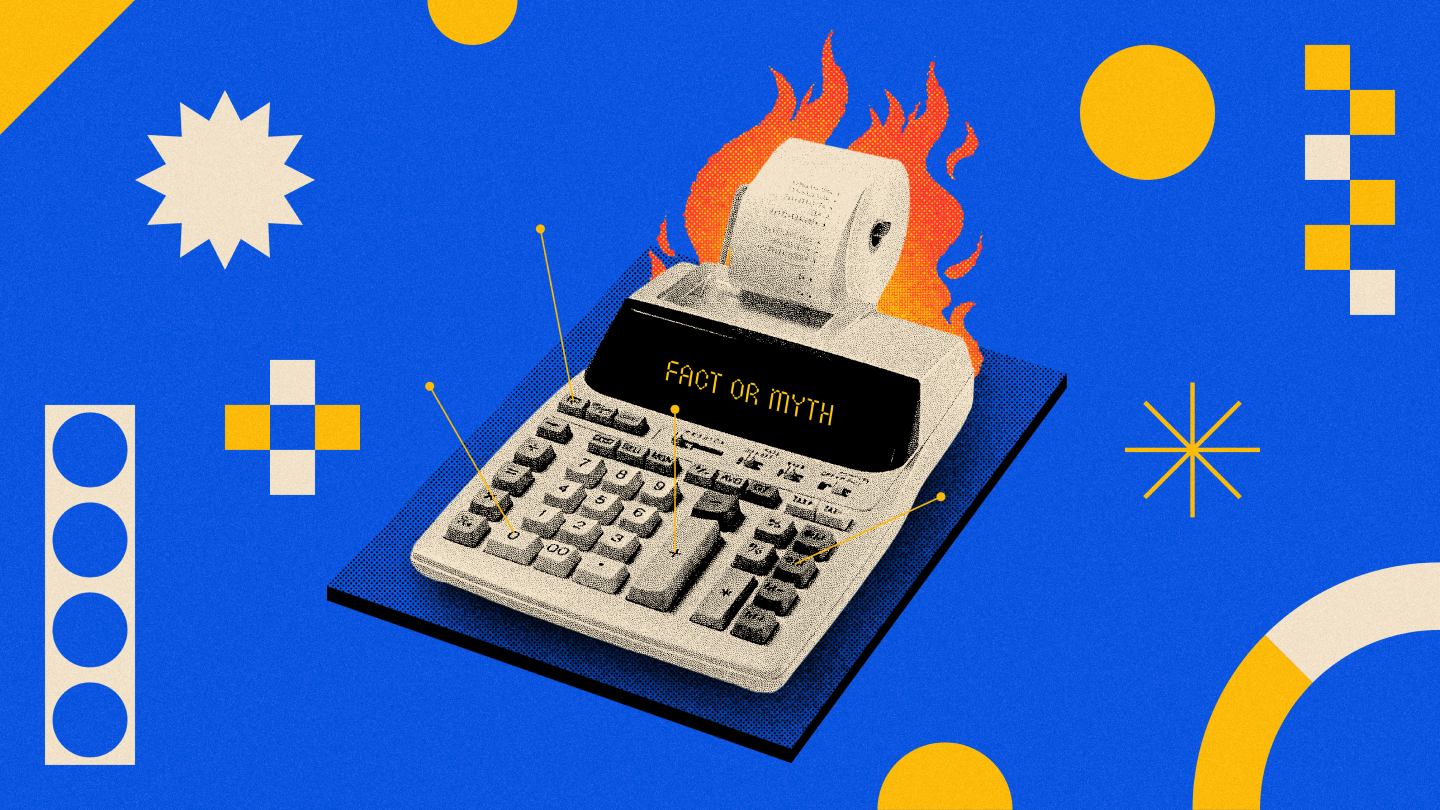The best account for an emergency fund
You’ll likely encounter more than a few unexpected events or obstacles in life. Some may have a few financial ramifications, while others may leave you scrambling for money. An emergency fund is a great financial cushion for a rainy day. You can rely on the emergency fund if you have a sudden major expense or lose your job.
Life may throw a lot of lemons your way, and the uncertainty of the future can be scary. An emergency fund gives you better peace of mind and confidence to handle whatever life may throw at you.
Choosing the best account for your emergency savings is as important as having one. There are many types of accounts, so which one makes the most sense?
Here are some tips to consider.
Understanding the importance of an emergency fund
An emergency fund is an important part of your financial portfolio. The future is unpredictable, and anything can throw you off track. An emergency fund is like a parachute. It slows your fall in a financial emergency and helps you land on your feet.
Let’s say you get an expensive utility bill one month, need to pay for emergency car repairs, or your rent or mortgage increases. These can be expensive to deal with. It can be challenging to find the money to pay for these situations suddenly, and while you can wait, you don’t want to cause further financial repercussions that are harder to resolve.
That's where the emergency fund comes in. While it may not cover the entire cost, it can soften the blow and give you time to find the remaining money. It also spares you from going into debt by taking out a loan or putting large expenses on your credit card or line of credit, which ultimately costs more with interest rates.
Maybe you’re wondering if you’re diligent about budgeting, track how you spend money, and have a savings account, why would you need an emergency fund?
The difference between your emergency fund and savings account comes down to one key concept: planning. Your savings help you reach financial goals that you plan for, like a vacation or down payment! Unexpected events usually come with financial consequences to resolve the issue.
You may have a detailed budget with your monthly expenses, income, and savings. But can you plan for events like losing your job six months from now? Probably not. Your bills don’t stop when you lose your job, so the emergency fund can help cover them in the meantime.
An emergency fund separate from your savings account allows for more confident decision-making when paying for unexpected costs. It gives you better control of your financial future and makes uncertainty less stressful.
How much money should you try to save in your emergency fund?
Most experts will recommend saving at least 3 to 6 months’ worth of expenses in your emergency fund. It should give you enough money to pay for necessities like groceries, housing, and other fixed expenses if you don’t have any income.
However, it depends on your situation and what makes the most sense. If you’re focused on repaying debt, an emergency fund may not be at the top of your priority list right now. It’s important to assess your financial situation and determine how much you can afford to set aside for an emergency fund. You can always start small and build your emergency savings over time.
Criteria for selecting an ideal account for your emergency savings
There are lots of great financial products available from banks, credit unions, and other financial service providers, but what’s the best option to build and keep your emergency savings? There are various factors to consider when choosing an account for your emergency fund.
Liquidity
One of the most essential factors for an emergency fund is liquidity. Life doesn’t wait until you have enough cash available to pay for emergencies before throwing them at you. That’s why it’s essential to be able to access your emergency fund quickly should you ever need to.
Liquidity refers to how easy it is to turn an asset into cash, and to that point, cash is the most liquid asset you can have. Examples of non-liquid assets could include equipment, real estate, vehicles, art, and/or collectibles. These types of assets hold value, but it would take time to sell them to access the cash value. Stocks can be considered liquid assets because they are easy to convert, but in the case of an emergency, you may have to sell a stock for cash for less than you bought it.
Accessibility
You don’t want restrictions preventing you from withdrawing funds, and you don’t want to pay extra fees in a financial emergency. Certain accounts give you instant access to your funds whenever you want, while other accounts won’t. It’s important to consider whether there are restrictions on the account that could prevent you from withdrawing money whenever you want.
For example, your money in a guaranteed investment certificate is locked until the contract matures, and your funds in a registered retirement savings plan are inaccessible until you retire. However, you can access money in an everyday bank account or high-interest savings account instantly without penalties.
Low risk
Your emergency savings keep you afloat in a crisis, so you don’t want to keep it somewhere with volatility or risk. Medium- to high-risk accounts can decrease the amount of funds in your account, which is not what you want for your emergency fund.
Consider keeping your money in an account with as little risk and volatility as possible. It guarantees you can keep the value of your funds safe for when you need it. Higher-risk investments may include purchasing crypto, stocks, and options, while lower-risk options may include holding money in a high-interest savings account or guaranteed investment certificate.
Growth potential
While passive growth isn’t the goal for your emergency savings, it’s always nice to see your bank account increase in value on top of your deposits. Some accounts are designed to grow your funds over time and are great savings and investment tools. For example, the average growth for your investment portfolio can be 10% or 4.00% in a high-interest savings account.
It’s important to balance growth potential with your risk tolerance. If you don’t care about liquidity and want to maximize returns, you can consider building an investment portfolio. If you want to preserve the value of your money while gaining some returns, a high-interest savings account may be better. You want to find a product that can offer some growth to counter inflation while keeping your money safe for a rainy day.
Security
You don’t want to lose your emergency savings. The Canadian Deposit Insurance Company (CDIC) provides insurance for up to $100,000 on eligible deposits of member institutions in case the financial provider fails. Visit the CDIC website to learn more about deposit insurance and eligible deposits.
Top-rated accounts for your emergency funds
Banks, credit unions, and other financial service providers offer accounts for all financial transactions and needs you can have. Whether it’s everyday spending, savings, or investing, you’ll find something that matches your financial goals.
Here are the top-rated types of accounts to consider for keeping your emergency savings.
High-interest savings account
A high-interest savings account (HISA) is one of the top recommended bank accounts for your emergency fund. It offers liquidity, accessibility, low risk and volatility, and growth potential for your money. Many online financial providers offer great rates for high-interest savings accounts. You may not be able to go to a branch to withdraw money, but you can transfer funds online to your everyday account to make transactions.
High-interest savings accounts have higher interest rates than regular ones and earn compound interest. Your emergency savings grow accelerated over time without the same risks of investing in the stock market or another volatile product.
Guaranteed Investment Certificate (GIC)
A Guaranteed Investment Certificate (GIC) holds a specified amount of money for a fixed time. You get interest from the financial institution for holding a GIC and can also get a higher annual percentage rate. You can have a GIC for as short as a month or as long as a few years. Once the term finishes, you can access your initial funds and any interest earned.
While a GIC is an option to consider for your emergency savings, keep in mind the term requirements. If the term ends in five years and something happens before then, you may have to pay an early withdrawal penalty, which isn’t ideal when you’re tight on cash in an emergency. Keep in mind the liquidity of your GIC as you want to be able to access the cash and retain the value of your funds as much as possible.
Traditional savings account
A traditional and high-interest savings account works similarly, except you earn a lower interest rate. You can access your funds in a traditional savings account through your online banking account and/or the brick-and-mortar branch.
It may be a good option if you prefer going to a physical branch instead of online transactions. However, keep in mind you won’t earn as much interest as a high-interest savings account.
Should I use a tax-free savings account for my emergency fund?
A tax-free savings account (TFSA) is a registered account with tax benefits. Any interest and investment growth remains tax-sheltered in the account when you withdraw it, which means income earned in the account is not counted as taxable income. You can hold different products in a TFSA, such as cash, GICs, stocks, and mutual funds.
Most people use TFSAs as an investment tool, but some people deposit their emergency savings into them. You can keep up with inflation better with investment growth than interest income from a savings account. The average annual return from investing in the S&P 500 index has been 10%, while the return on a high-interest savings account can range from 1-4%. Inflation, on the other hand, has grown on average almost 4% per year in the last 50 years. You also get tax benefits, unlike a high-interest or traditional savings account.
However, HISAs and traditional savings accounts have a lot more accessibility and liquidity and less risk than investing. Investing focuses on generating long-term wealth, so it is not likely that you’ll see any substantial growth in the short term. You’ll lose the investment growth potential if you withdraw money from your TFSA for a financial emergency.
There’s no penalty for withdrawing your money from a TFSA, although the account provider may charge a fee for early withdrawal. Withdrawals will only be added back into your contribution room at the start of the following year.
Opening a high-interest savings account with Neo
A high-interest savings account can offer the best of many options when saving for an emergency. Not only does it provide the most liquidity and accessibility, but you also get more growth potential than a traditional savings account and security than investing.
The Neo High-Interest Savings account has one of the highest interest rates among Canadian financial service providers¹, giving you more earnings on each dollar in your account. There are no monthly fees or minimum balance requirements. You can transfer your emergency fund into your Neo High-Interest Savings account or get started with us if you don’t have one yet.
The Neo High-Interest Savings account is provided by Peoples Bank of Canada, a CDIC member institution, and is eligible for CDIC deposit protection. Deposits held in Neo High-Interest Savings accounts are combined with eligible deposits held at Peoples Bank of Canada, for up to $100,000 of deposit protection, per category, per depositor. For more information about CDIC deposit insurance, please consult CDIC’s website cdic.ca. Ready to open a Neo HISA? It only takes a few minutes to open a Neo High-Interest Savings account to grow your emergency savings for unexpected expenses on a rainy day.
Get started on your savings with Neo
¹ Based on research of high-interest savings accounts, comparing and limited to: BMO, CIBC, Scotiabank, TD Bank, RBC, Simplii Financial, Desjardins, and Tangerine. Research conducted by Neo Financial and based on data taken from public websites on November 28, 2023. Research includes promotional offers with a term of 0-5 months.



